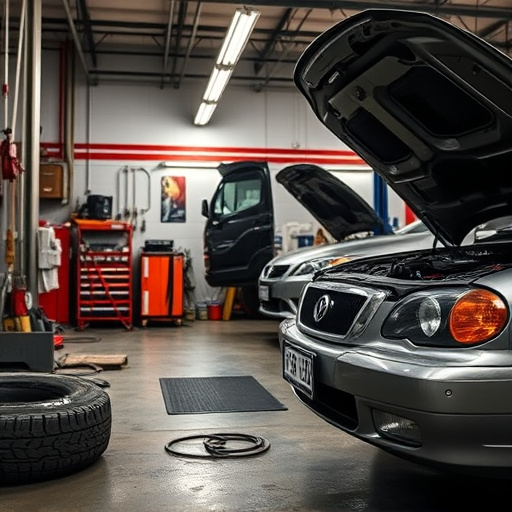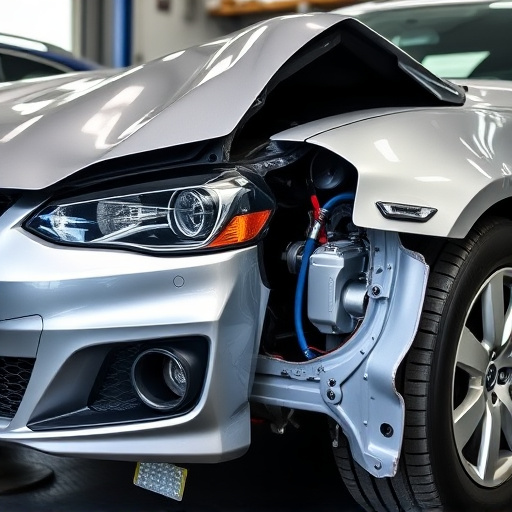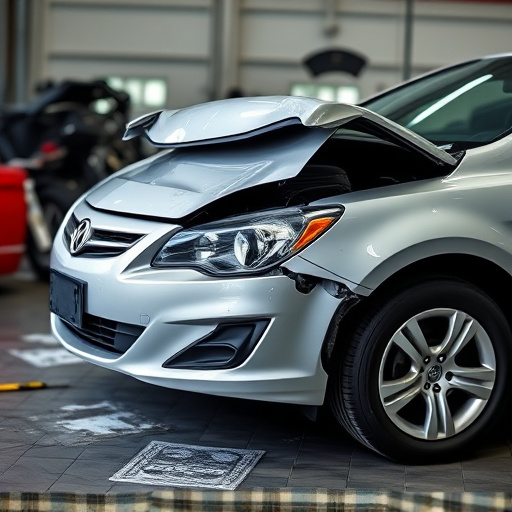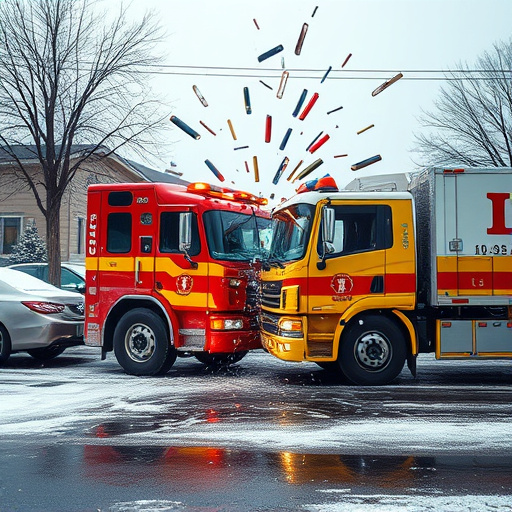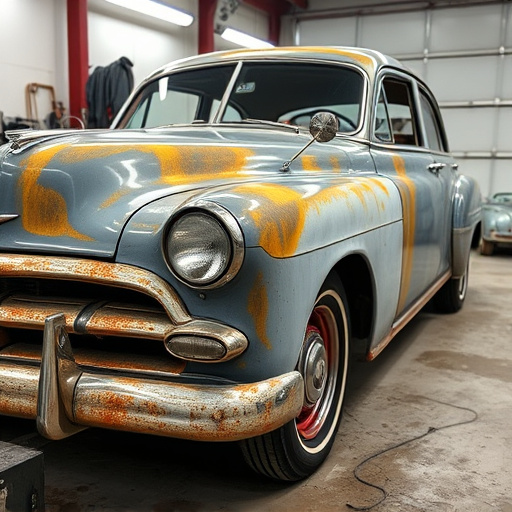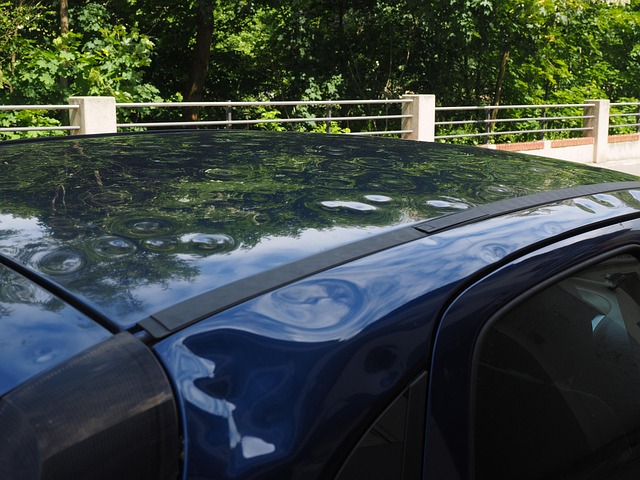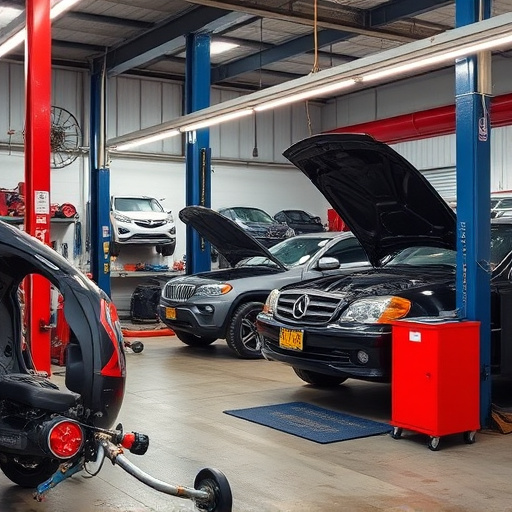Sustainable collision centers are transforming the auto industry by prioritizing eco-friendly practices as a core principle, integrating renewable energy, efficient waste management, and innovative recycling techniques for vehicle body repair. They use biodegradable materials and water-based paints to attract green customers and ensure healthier workplaces. Through continuous learning, advanced training in electric vehicle repairs, digital tools, and strategic partnerships, these centers lead the industry in both quality service and minimal environmental impact, positioning themselves as innovators in sustainable collision center services.
In today’s eco-conscious world, the automotive industry is undergoing a significant transformation with the rise of sustainable collision centers. These facilities are not just about repairing vehicles; they are innovation hubs driven by green technologies and a commitment to environmental stewardship. This article explores what propels these centers forward, focusing on three key aspects: embracing eco-friendly practices, fostering a culture of adaptability, and collaborative efforts for a shared sustainable future. Discover how these principles shape the modern collision center’s approach to sustainability.
- Embracing Green Technologies: The Foundation of Sustainability
- Culture of Continuous Learning and Adaptability
- Collaboration and Partnerships for a Shared Sustainable Future
Embracing Green Technologies: The Foundation of Sustainability
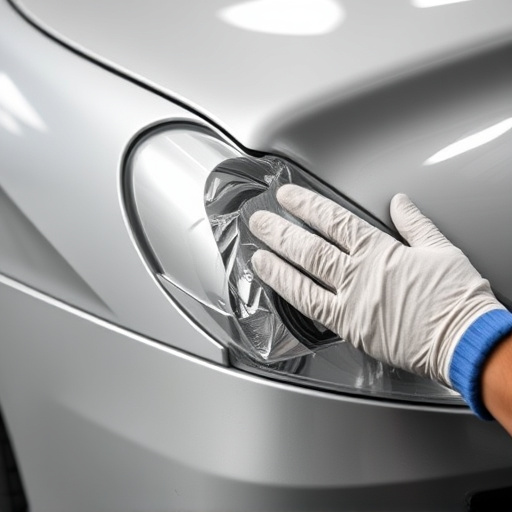
In the realm of sustainable collision centers, embracing green technologies is no longer an option but a foundational pillar. These centers are increasingly adopting eco-friendly practices and materials to minimize their environmental impact, setting new standards for the automotive industry. By integrating renewable energy sources, efficient waste management systems, and innovative recycling techniques, sustainable collision centers are leading the way in eco-conscious car repair services.
The use of green technologies extends beyond simple sustainability; it’s about transforming the entire process of vehicle body repair and auto body restoration. From using biodegradable materials for parts replacement to implementing water-based painting processes that reduce chemical emissions, these centers prioritize environmental stewardship while delivering top-quality collision repairs. This commitment not only attracts environmentally conscious customers but also ensures a healthier workplace for employees.
Culture of Continuous Learning and Adaptability
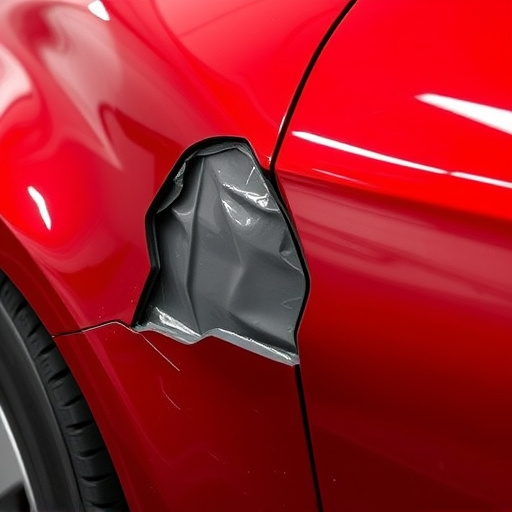
In today’s rapidly evolving automotive industry, a culture of continuous learning and adaptability is the lifeblood of any successful sustainable collision center. This isn’t just about staying current with the latest vehicle technologies—it involves embracing new repair methods, materials, and digital tools that enhance efficiency and quality. For instance, many top collision centers are integrating advanced training programs focused on electric vehicle (EV) repairs, reflecting the growing market share of eco-friendly cars like the Mercedes Benz E-Class. By prioritizing this continuous learning, these centers ensure their teams are equipped to handle complex repairs while reducing environmental impact.
This adaptive mindset extends beyond technical skills. It permeates every aspect of operations, from implementing sustainable practices in auto body restoration to fostering an inclusive environment where ideas are shared and failures are seen as opportunities for growth. This culture encourages employees to question conventional methods, explore innovative solutions, and stay agile in the face of changing customer needs and market trends, ultimately positioning sustainable collision centers as leaders in both traditional collision repair (including Mercedes Benz repair) and eco-friendly services.
Collaboration and Partnerships for a Shared Sustainable Future
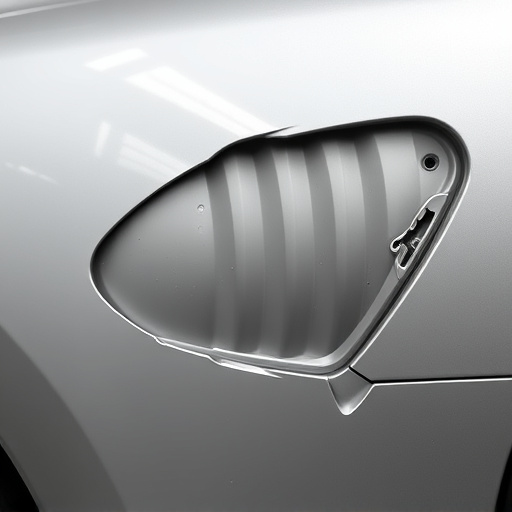
In today’s world, a sustainable collision center is not just about providing top-notch auto body work or bumper repair services; it’s about fostering collaborations and partnerships that drive collective innovation towards a greener future. These centers are at the forefront of environmental stewardship, actively seeking out strategic alliances with like-minded organizations, research institutions, and industry peers to share knowledge, resources, and best practices. By collaborating, these stakeholders can develop cutting-edge technologies and processes that minimize waste, reduce carbon footprint, and maximize resource efficiency in automotive body shop operations.
Partnerships are instrumental in achieving a shared sustainable future. They enable the exchange of ideas, innovations, and expertise, ultimately leading to more eco-friendly practices such as recycling materials, implementing renewable energy sources, and adopting advanced techniques for repair and restoration. Together, these collaborative efforts not only benefit individual businesses but also contribute significantly to a global push for sustainability in the automotive industry.
A modern, sustainable collision center isn’t just about fixing cars; it’s about fostering a greener, more adaptable future. By embracing innovative technologies, cultivating a learning-focused culture, and collaborating on a global scale, these centers are revolutionizing the automotive industry. This holistic approach ensures that not only are vehicles restored, but also the environment and community are preserved for generations to come. As we move forward, sustainable collision centers will continue to be at the forefront of eco-conscious practices, setting an example for a greener world.
